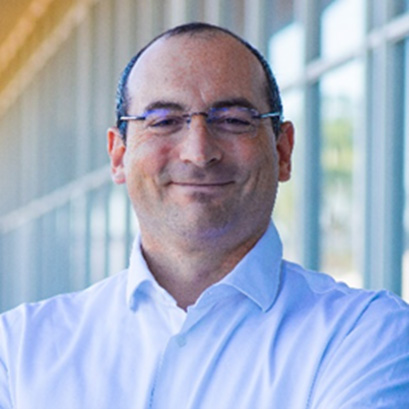
Vice President and HPE Fellow and directs the Artificial Intelligence Research Lab at Hewlett Packard Labs
“What Comes After Exascale?”
Wednesday 15 February, 4.20pm – 5.10pm
Abstract
In May 2022 the HPE Cray “Frontier” system at Oak Ridge National Lab broke the Exascale barrier for the first time. This remarkable accomplishment culminates a decadal effort, and opens a new path for scientific discovery at scale for the next several years to come. Progress doesn’t stop at exascale, and we are entering a new era where different considerations will drive the next generation of technology directions. At HPE we have come up with “seven pillars” for post-exascale supercomputing: programmer productivity, edge-to-exascale orchestration, a self-learning and trustworthy AI data foundation, heterogeneity across the board, a data-accelerated storage infrastructure, a common network fabric infrastructure, and pervasive security. This talk will cover the technical vision, the individual technologies, the challenges, and will highlight opportunities for further research and development.
Bio
Paolo Faraboschi is a Vice President and HPE Fellow and directs the Artificial Intelligence Research Lab at Hewlett Packard Labs. Paolo has been at HP/HPE for longer than he would like to admit, and worked on a broad range of technologies, from embedded printer processors to exascale supercomputers. He previously led exascale computing research (2017-2020), and the hardware architecture of “The Machine” project (2014-2016), pioneered low-energy servers with HP’s project Moonshot (2010-2014), drove scalable system-level simulation research (2004-2009), and was the principal architect of a family of embedded VLIW cores (1994-2003), widely used in video SoCs and HP’s printers. Paolo is an IEEE Fellow (2014) for “contributions to embedded processor architecture and system-on-chip technology”, author of 60 granted patents, over 100 publications, and the book “Embedded Computing: a VLIW approach”. He received a Ph.D. in EECS from the University of Genoa, Italy.
